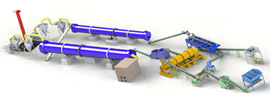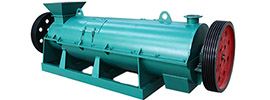Why More and More Organic Fertilizer Manufacturers Prefer Extrusion Granulation
The growing preference among organic fertilizer manufacturers for extrusion granulation technology stems from its process adaptability, cost-effectiveness, product performance, production flexibility, and environmental sustainability, as detailed below:
Read More















